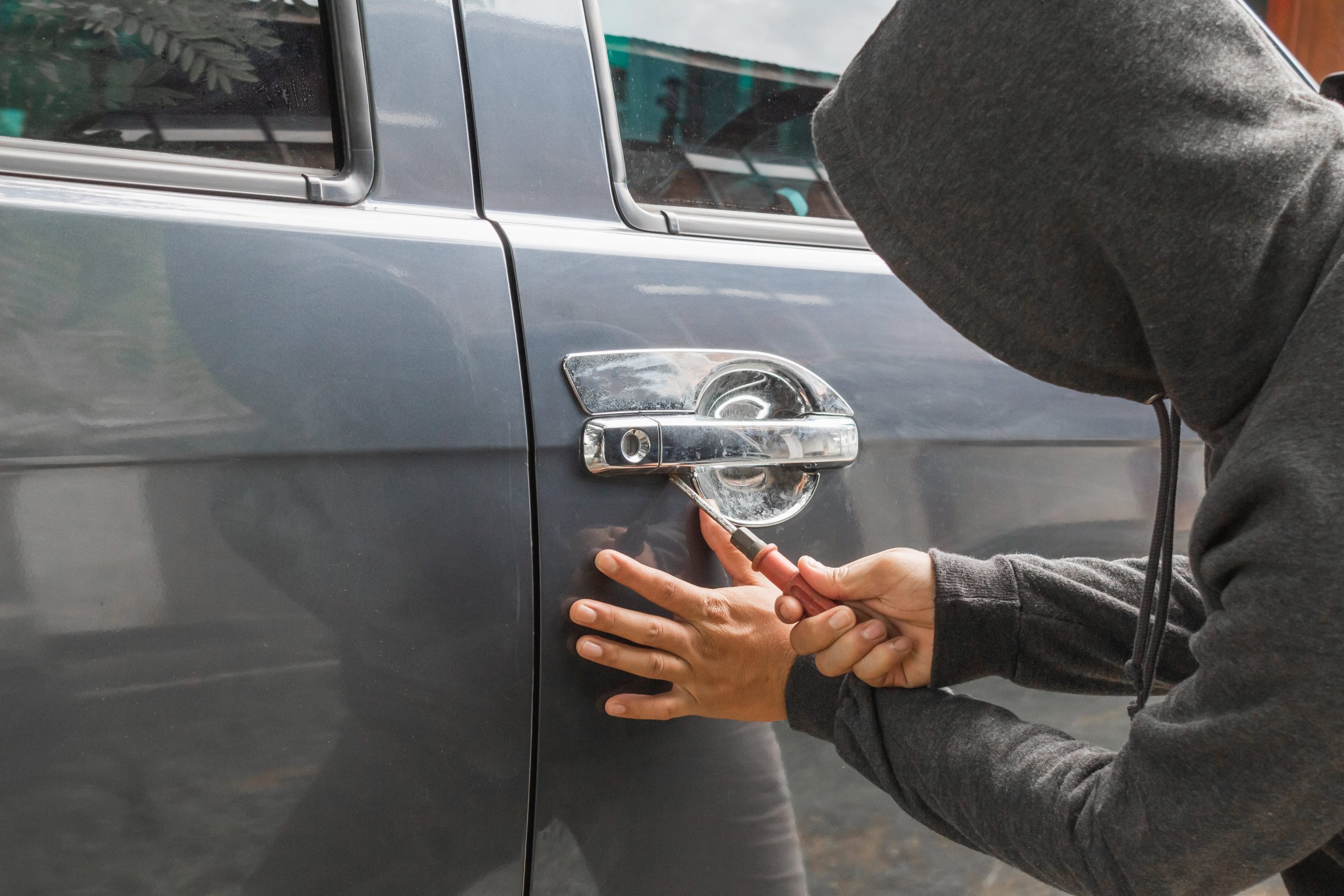Share This Article
In New South Wales, motor vehicle theft is experiencing its highest increase in six years, with this largely occurring in regional areas, and being perpetrated by young offenders.
The New South Wales Bureau of Crimes Statistics and Research has reported that the number of vehicles stolen in the state in March 2023 was higher than any month in the previous six years.
This is in comparison to previous figures which found that incidents of motor vehicle theft fell dramatically during the pandemic, with the rate of thefts in 2022 a staggering 80% lower than in 2001.
In terms of volume, 12,274 vehicles were stolen in 2022, which is 41,458 fewer than in 2001.
BOCSAR has thus noted that the offence appears to be experiencing a ‘bounce back’ after the pandemic, with the latest data detailing that thefts increased 21.3% year on year to March 2023.
However, it is important that these statistics are viewed in full context, with the number of thefts in early 2023 similar to pre-pandemic levels towards metropolitan areas whilst the increase has been much stronger in Regional NSW.
This includes the New England North-West region which has seen the sharpest increase (67%), as well as the Richmond-Tweed region (35%), the Far West and Orana region (31%) and the Mid North Coast (21%). This data reflects the 12 months to March 2023, when compared with the 12-month period from five years earlier.
In regional areas, vehicle theft is more likely to be committed by a young person than in Sydney.
In these regions, half the people proceeded against for vehicle theft were under 18, whereas in Greater Sydney, it was only a third.
Notably, vehicles which were manufactured pre-2011 reported a rate of theft almost twice that of more ‘modern’ vehicles manufactured between 2011 and 2020.
The most frequently stolen vehicles were Holdens, followed by Jeeps, Land Rovers, and Audis.
Interestingly, the report by BOSCAR has noted that one reason for the increase in thefts may be trending posts on the social media platform TikTok which ‘encourage’ young people to steal cars.
The report explained that many posts which show young people stealing cars and joyriding at high speeds are removed by the platform, which makes it difficult to gauge the extent of the issue, and how it may be motivating theft.
Examples referenced include a TikTok video which shows young people joyriding at speeds of up to 200km per hour in Dubbo NSW, posted with the hashtags #creepingwhileyouresleeping, #lockitorloseit and #pursuit.
Motor Vehicle Theft Offences
In New South Wales, stealing a motor vehicle, vessel or trailer is criminalised under section 154F of the Crimes Act 1900 (NSW).
A vessel is a watercraft used or capable of being used as a means of transportation on water, whereas a trailer is defined as any vehicle that is built to be towed, or is towed, by a motor vehicle and is not capable of being propelled without this accompanying vehicle.
A maximum penalty of 10 years imprisonment is applicable to this offence.
However, if the matter is dealt with in the Local Court, the maximum penalty applicable is instead limited to 2 years imprisonment and/or a $11,000 fine for a single offence.
This offence is classified as a ‘table 1’ offence which means that it will be dealt with summarily in the Local Court, unless the prosecutor or accused person elects to take it to the District Court.
Notably, this offence differs from, and is considered more serious than, the offence of taking a conveyance without the consent of the owner which is more commonly known as ‘joyriding’.
The main difference is that an offence of stealing a motor vehicle requires the prosecution to prove that the accused person had the intention to permanently deprive the owner of the motor vehicle.
As per section 154A, taking a conveyance without the consent of the owner is an offence.
The prosecution is required to prove that:
- You took and drove a conveyance, or took it for the purpose of driving it, secreting it, obtaining a reward for its restoration, or pretended restoration, or for any other fraudulent purpose (or allowed yourself to be carried in or on it),
- This was without the consent of the owner or person in lawful possession of a conveyance,
- You knew that it was without such consent.
A conveyance is defined as any cart, wagon, cab, carriage, motor car, caravan, trailer, motor lorry, tractor, earth moving equipment, omnibus, motor or other bicycle, tank or other military vehicle, or any ship, or vessel, used or intended for navigation.
A maximum penalty of 5 years imprisonment is applicable to this offence,
However, this offence is classified as a ‘table 2’ offence which means that it will be dealt with summarily in the Local Court, unless the prosecution elects to take it to the District Court.
In the Local Court, the maximum penalty applicable is instead limited to 2 years imprisonment and/or a $5,500 fine for a single offence.









